[ad_1]
Loincloths and trousers and bares – Oh, my!
Here’s the skinny on your skivvies. The boxers, briefs, or boxer briefs that you know and mostly forget about (until you have to adjust them) have resembled their current form for less than 100 years. So how did Pharaohs and peasants alike keep their goods supported and comfortable? Here’s a look at what’s been hidden beneath men’s clothing since the very beginning.
The Fig Leaf

The fall of man. The invention of “modesty”. Adam uses a fig leaf to cover up his nakedness. Effective and iconic, but points off for an utter lack of support. The average fig leaf is about 8” long – not bad for the first man.
The Loincloth
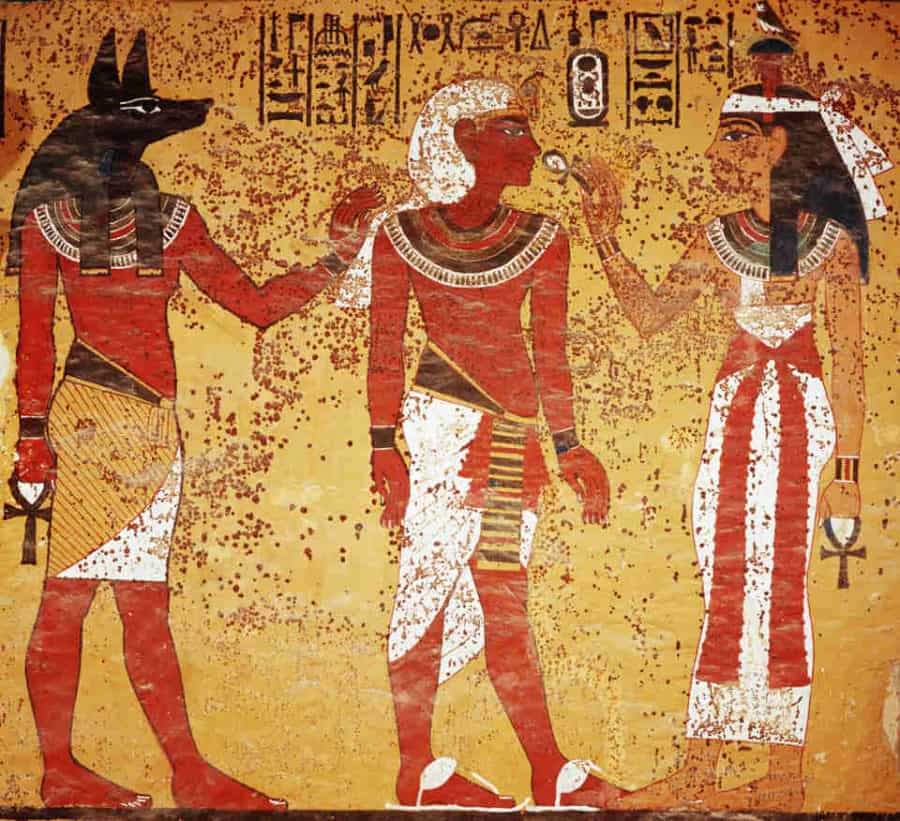
Simple lengths of soft fabric appear in many cultures. King Tutankhamun was buried with an after-lifetime’s supply of fine-woven linen strips. Traditional Japanese fundoshi were in favor until after World War II. And mosaics dating back to Roman times suggest that both men and women wore subligacula (not a species of vampire) beneath their clothing. Something to keep in mind for your next toga party.
Braies (or Braccae)
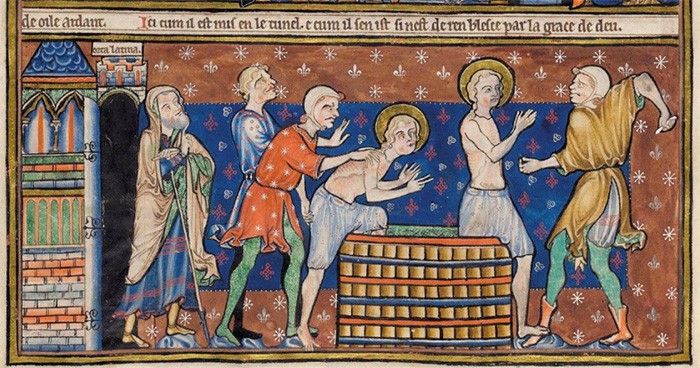
The favored lower-body garment of the Middle Ages is where we get the term “breeches” from. These loose linen or wool trousers gave way to close-fitting Renaissance-era hose (think Men in Tights…tight tights!). Braies and hose were not intended to be worn beneath another layer of clothing, so they’re not strictly undergarments.
Fun fact: the Romans considered braccae to be effeminate, at least compared to their own extremely manly tunics.
Chausses and Codpieces

Before the invention of elastic, undergarments were secured with long ties. Which made answering nature’s call somewhat laborious. Enter chausses – which only covered the legs – and codpieces, which buttoned, snapped, or laced to protect and conceal (or reveal) everything in the middle. (Getting right to the point, in Middle English, cod means “scrotum”.) Henry VIII of England is credited with popularizing more and more outlandish and outsize styles of codpieces (the 16th century Englishman didn’t have access to big trucks or other common examples of overcompensating).
Codpieces were also sometimes used as pockets for small items, which makes sense when you remember that people hadn’t yet discovered the importance of washing their hands.
Going Commando
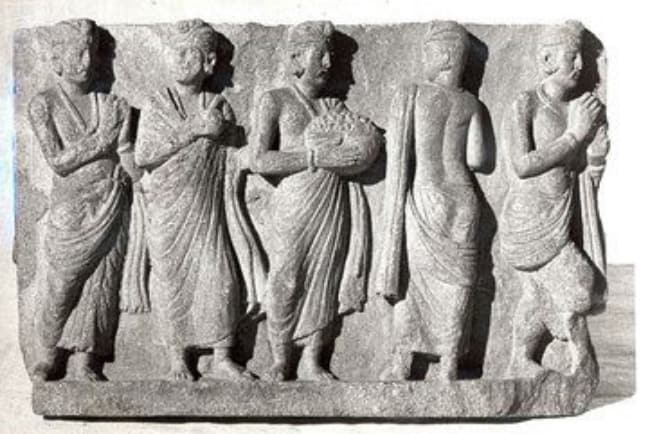
Some styles of garment didn’t call for anything underneath. In warmer climates, where the heat and humidity makes wearing tight trousers uncomfortable, a loose, drapey dhoti, sarong, or lungi was worn – underwear optional. In southern Asia, sculptured reliefs dating as far back as the 2nd century BCE depict both men and women wearing dhoti.
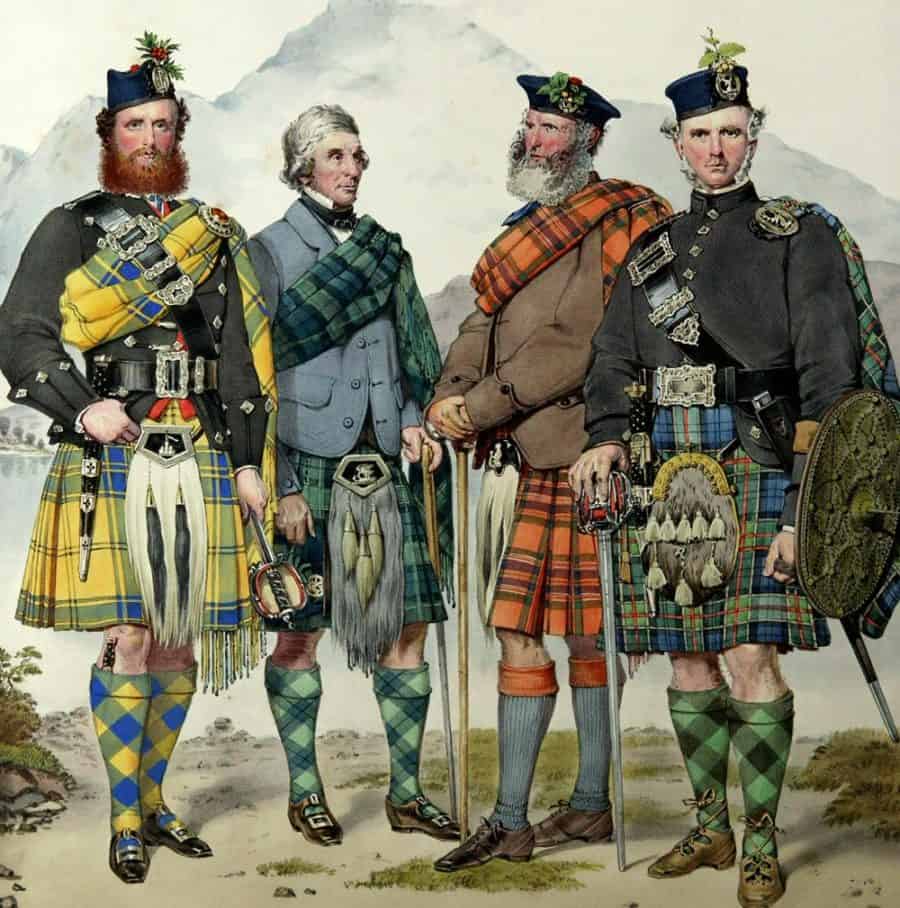
In Scotland – which might be considered a warmer climate if you grew up in Siberia – going regimental is said to be the mark of a “true Scotsman”. There are many reasons given for this tradition, none of which are printable by our editorial standards.
The Union Suit

Thanks to the Industrial Revolution, factories started mass-producing underwear. Commonly worn by men, women, and children, the Union Suit was a one-piece knitted garment that buttoned down the front, usually with sleeves that extended to the wrist, legs that reached to the ankles, and a drop-seat flap so you didn’t have to take the whole thing off to use the restroom. This whole process was mercifully eradicated by:
Long Johns
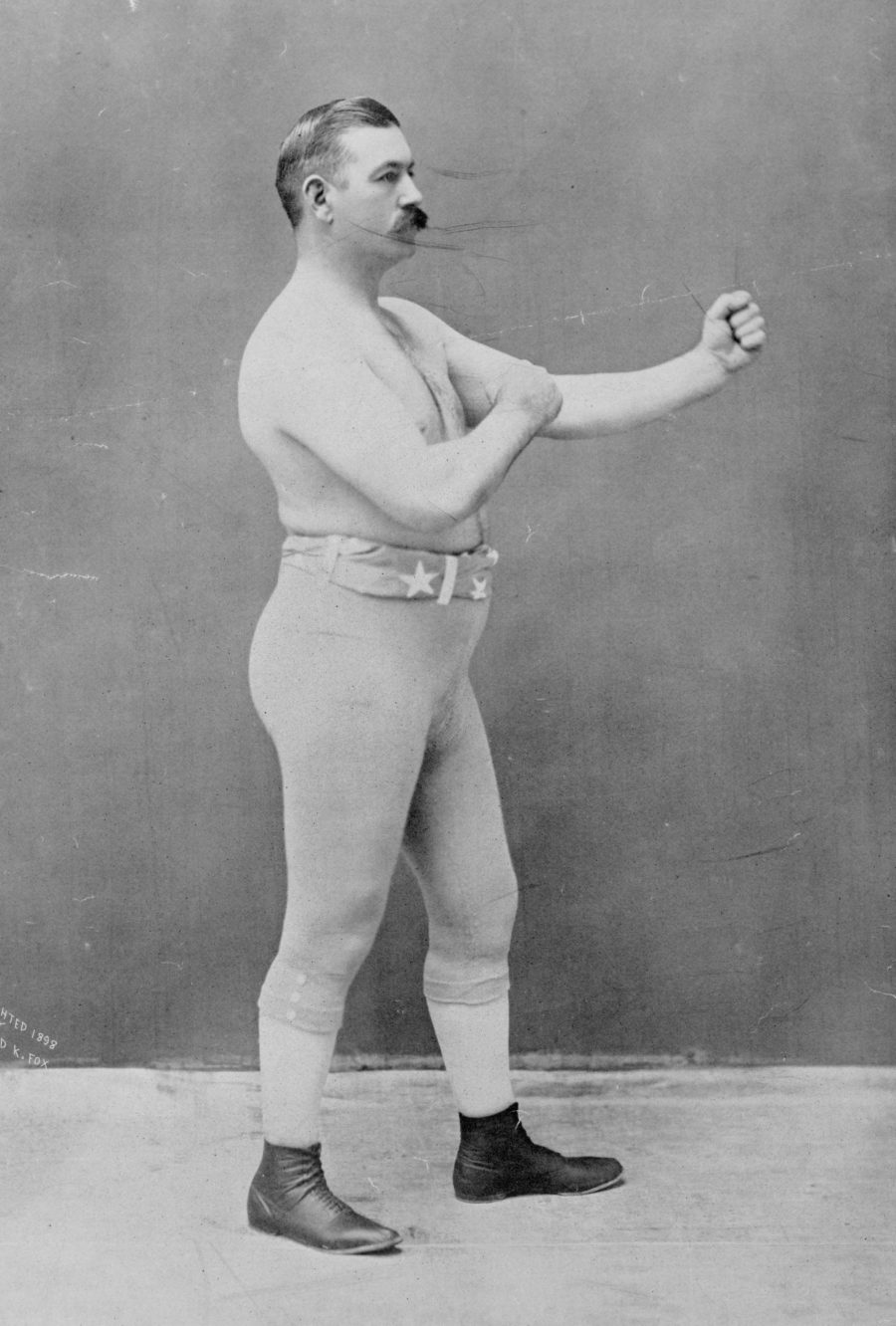
Usually referred to as “long underwear” today, you’ve probably worn this shirt-and-pants set if you like to ski, play ice hockey, or do other cold weather activities. Potentially named after heavyweight boxing champion John Lawrence Sullivan, who was probably never teased for his taste in underwear. Not twice, anyway.
The Jockstrap
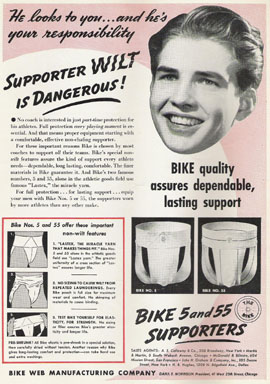
Invented in 1874 for bicycle jockeys bumping their way down cobblestone streets, the jockstrap is the ancestor to today’s athletic cup (and the practical descendent of the codpiece). Remember: supporter wilt is DANGEROUS.
Boxer shorts
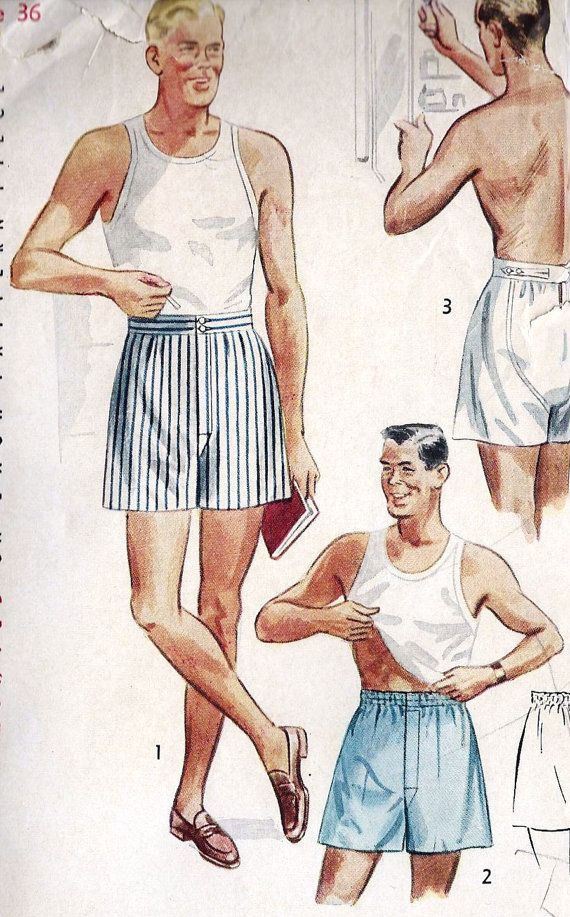
Pugilists and underwear trends go together like a jab and a cross. Named for the trunks worn by professional fighters, these buttonless shorts made their appearance in the 1920s, when the founder of boxing equipment company Everlast replaced leather ties with an elasticized waistband.
Y-front Briefs
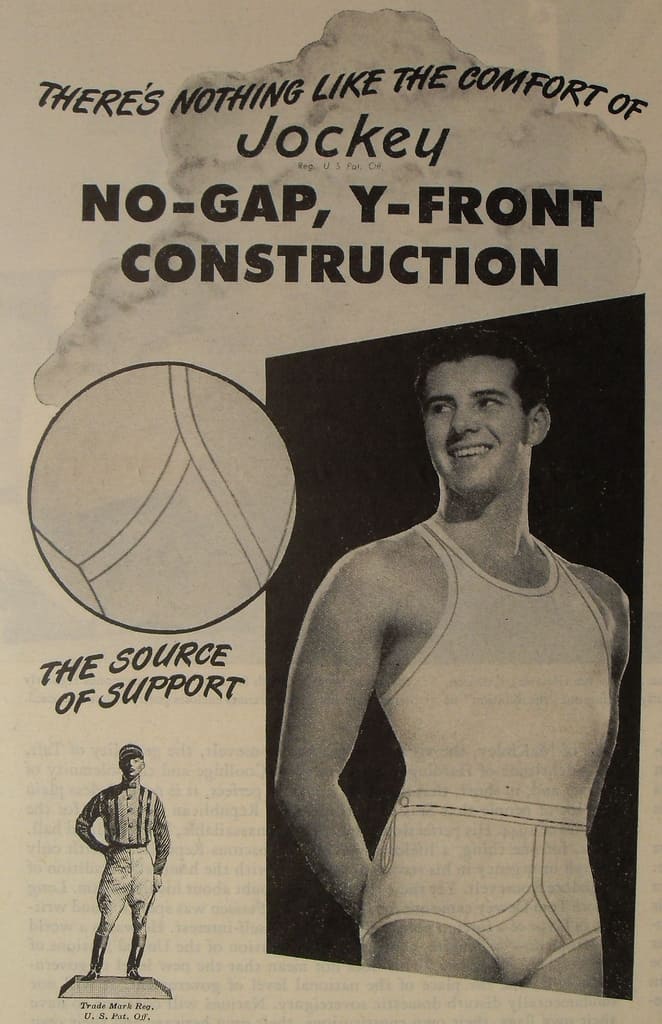
Who likes short shorts? The French, of course. In 1934, hosiery designer Arthur Kneibler received a postcard from a friend visiting the French Riviera. The image – a man in a bikini-style bathing suit – inspired Kneibler to reimagine swimwear as underwear. The resulting garment – snug, legless, with an overlapping Y-front fly – was much more supportive than the loose-fitting boxer shorts on the market. Kneibler’s company called them “jockey shorts” to evoke the advantages of jockstraps, and eventually changed its name to Jockey.
Boxer Briefs
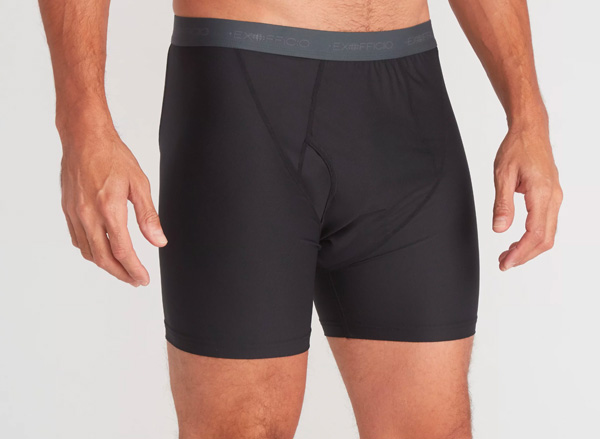 Ex Officio boxer briefs
Ex Officio boxer briefs
The 1990s gave us this hybrid that neatly straddles the loose vs. tight divide. This style is ideal for wearing under slim-fitting pants. It’s got the support of briefs without the “tighty whitey” stigma, and won’t ride up into a wedgie.
Compression Shorts
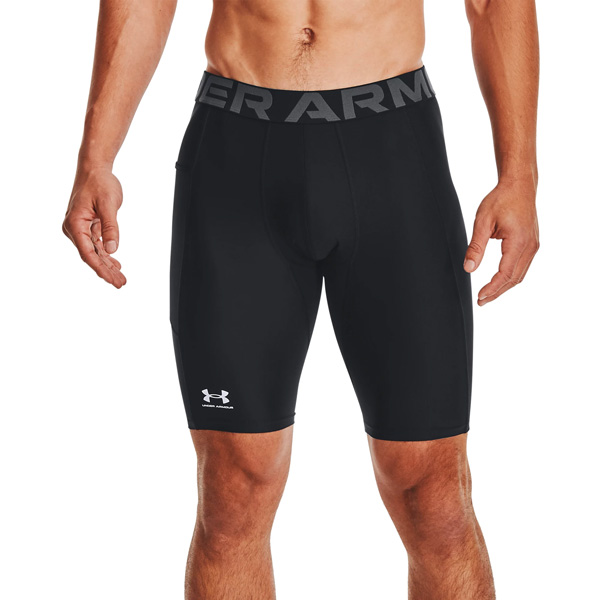 Under Armour
Under Armour
Designed for comfort and mobility while you work out, these high-performance shorts are similar to Y-front briefs, but with longer legs. They’re usually made from moisture-wicking, fast-drying, highly breathable fabrics, to reduce chafing and swamp ass (technical Fit Person term). In addition to holding everything in place, the full coverage and snug fit are supposed to reduce muscle fatigue, improve recovery time, and prevent strains and soreness.
Fabric, fit, function…What do you think is next for men’s underwear?
[ad_2]
Source link
Jarastyle Teen’s – #Fig #Leaves #Tighty #Whities #Long #History #Mens #Underwear
Courtesy : https://www.primermagazine.com/2023/learn/history-of-underwear

